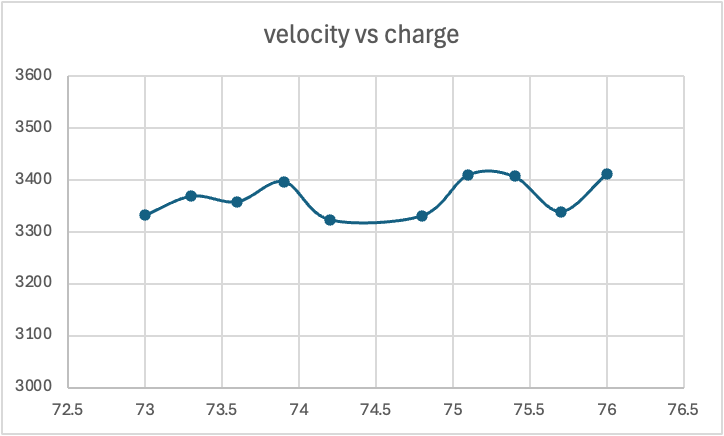cahunter805
Well-known member
- Joined
- May 27, 2014
- Messages
- 2,571
This is what I would try also.I’d load up 20 at 75.4 (#9) and see how they group.
If it’s crap, back off another ~ .5 grain.
Magnum works great in the 257Wby in my experience. So does H1000.





